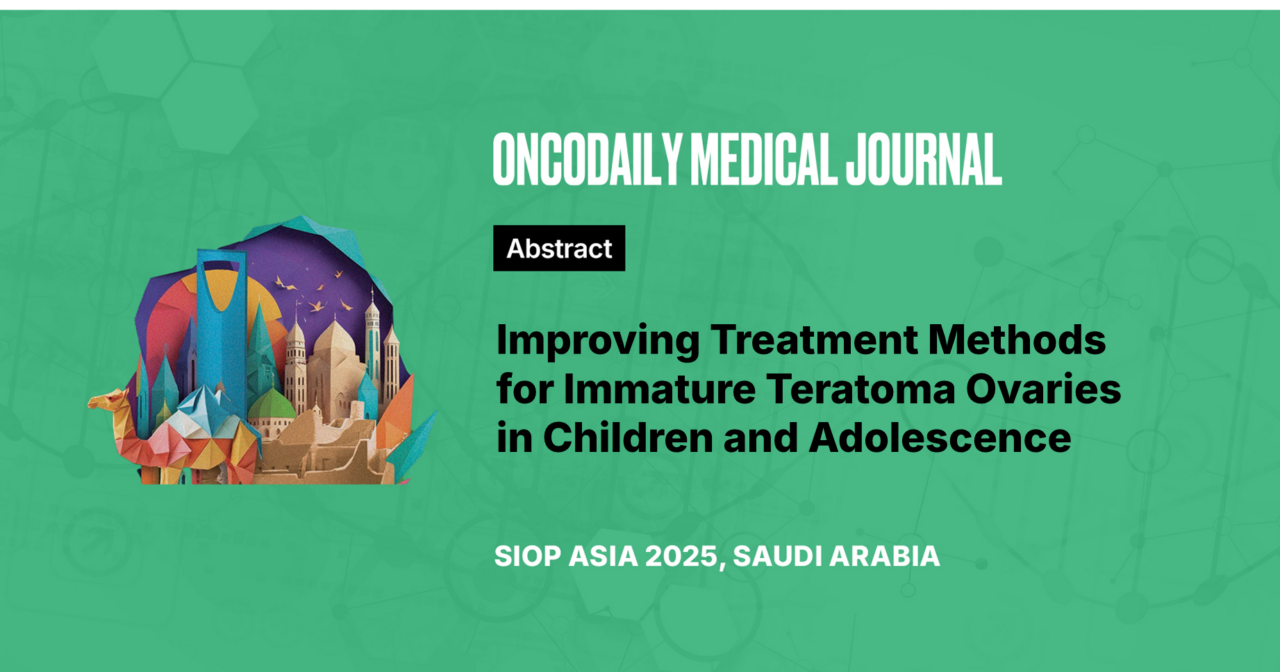Improving Treatment Methods for Immature Teratoma Ovaries in Children and Adolescence
Abstract
Introduction: Purpose was to study the effectiveness of immunohistochemical studies in diagnosis and tactics treatment of ovarian immature teratoma of childhood adolescence.
Methodology: We observed 30 patients with ovarian immature teratoma. The diagnosis put by using standard, accepted methods of determination of tumor markers AFP, CA-125 and НCG. Of the 30 patients, 12 (52%) were aged 1 to 14, 18 (48%) of 15 to 18 years. All patients after operation was carried out immunohistochemical study with bcl-2 oncoprotein and p53 suppressor gene.
Results: Of the 30 (100%) in 6 patients (20%) was high expression of the oncoprotein bcl-2, 9 (30%) – moderately severe, 15 (50%) – was low expression. The study of tumor suppressor gene p53 revealed that in 8 (26.6%) patients had high expression, in 12 (40%) – moderately severe in 10 (33.3%) – was low expression. Conducted immunohistochemical studies have shown that in the group with high positive expression of bcl-2 and p53 had a more aggressive course of tumor process, followed in these patients revealed early recurrences and metastases, which required a more aggressive course of chemotherapy (6 to 8 courses by scheme BEP, PVB or VEP), and in the group with low or negative expression of p53 and BCL- 2 effective schemes and more sparing regimens (4 to 6 courses of BEP scheme, EP)
Conclusion: The performed immunohistochemical studies have shown that the definition of indicators oncoprotein BCL- 2 and the gene – the p53 tumor suppressor is not only diagnostic value but also has important prognostic and selection of treatment of ovarian immature teratoma of childhood and adolescence.





